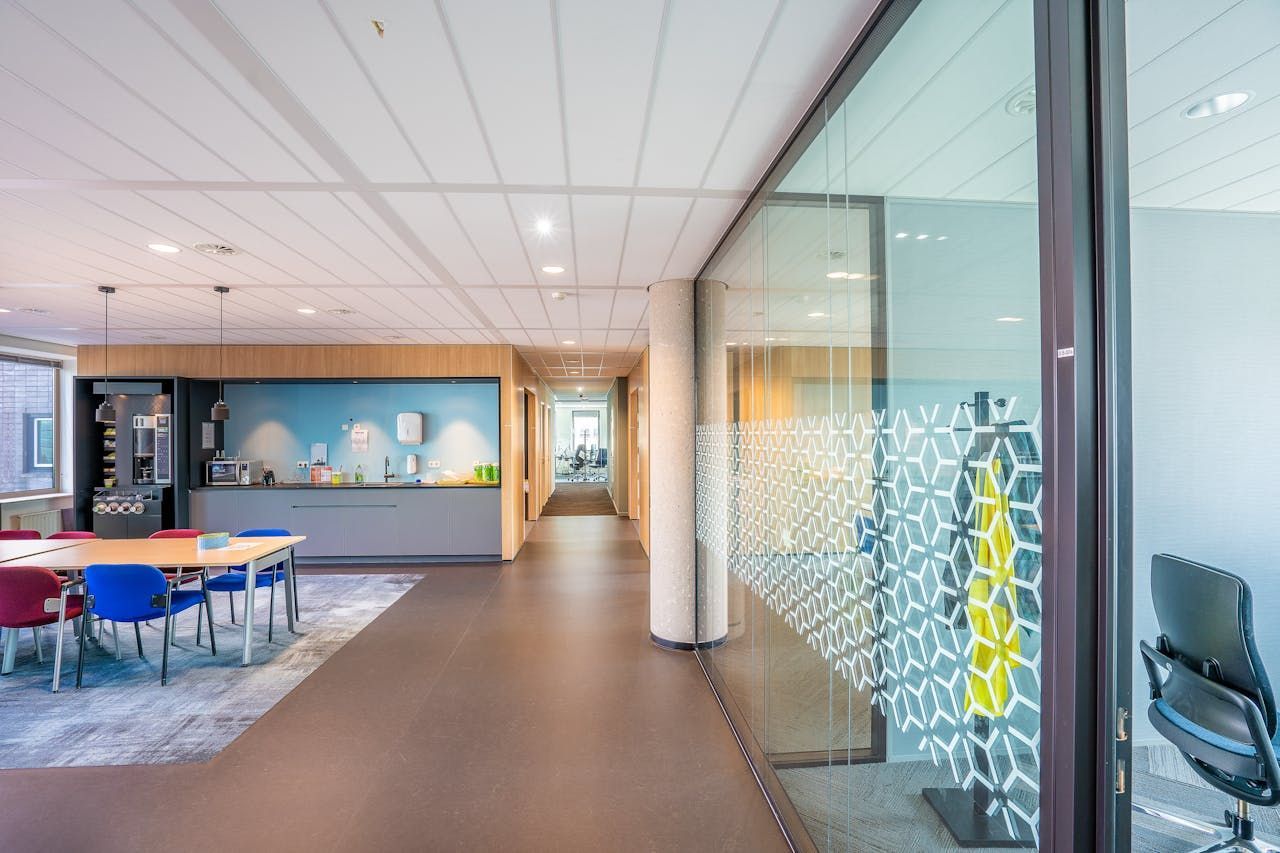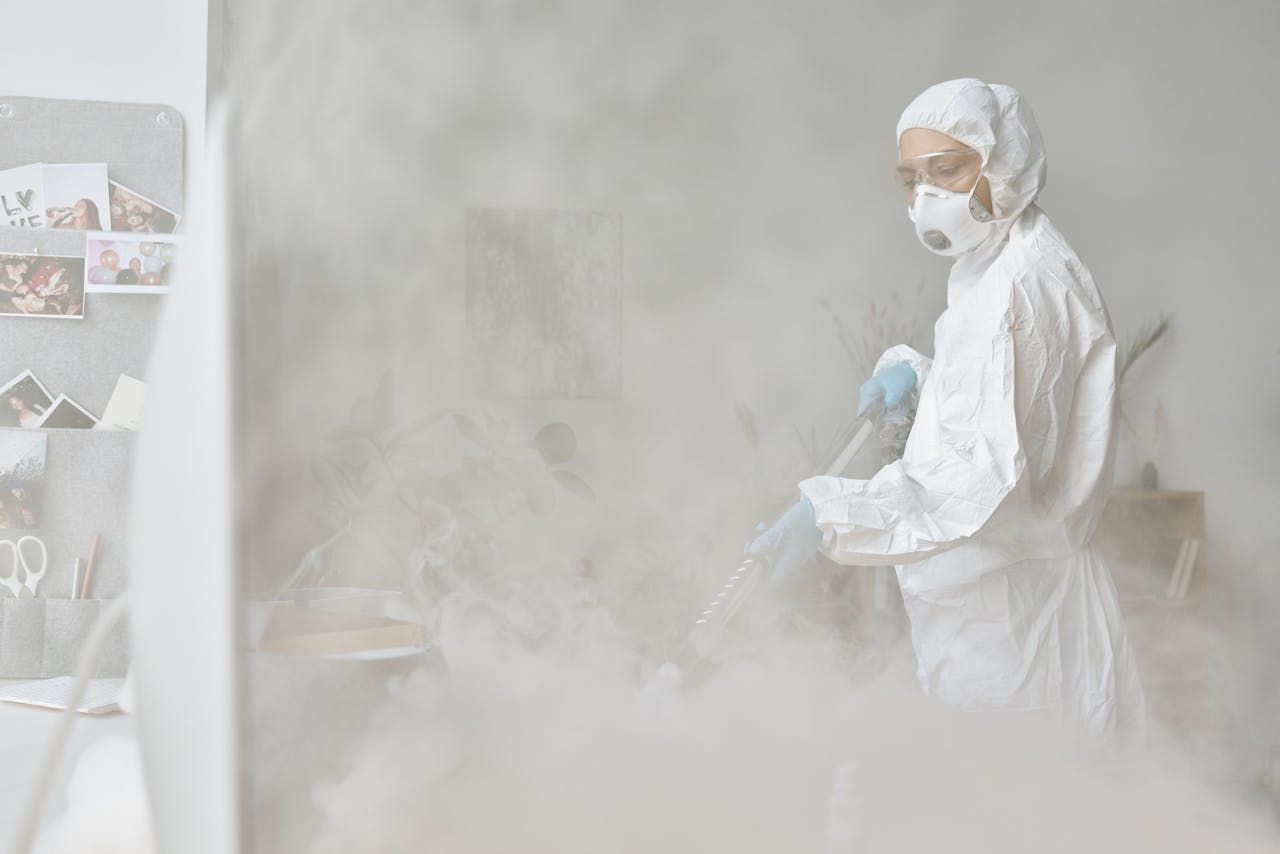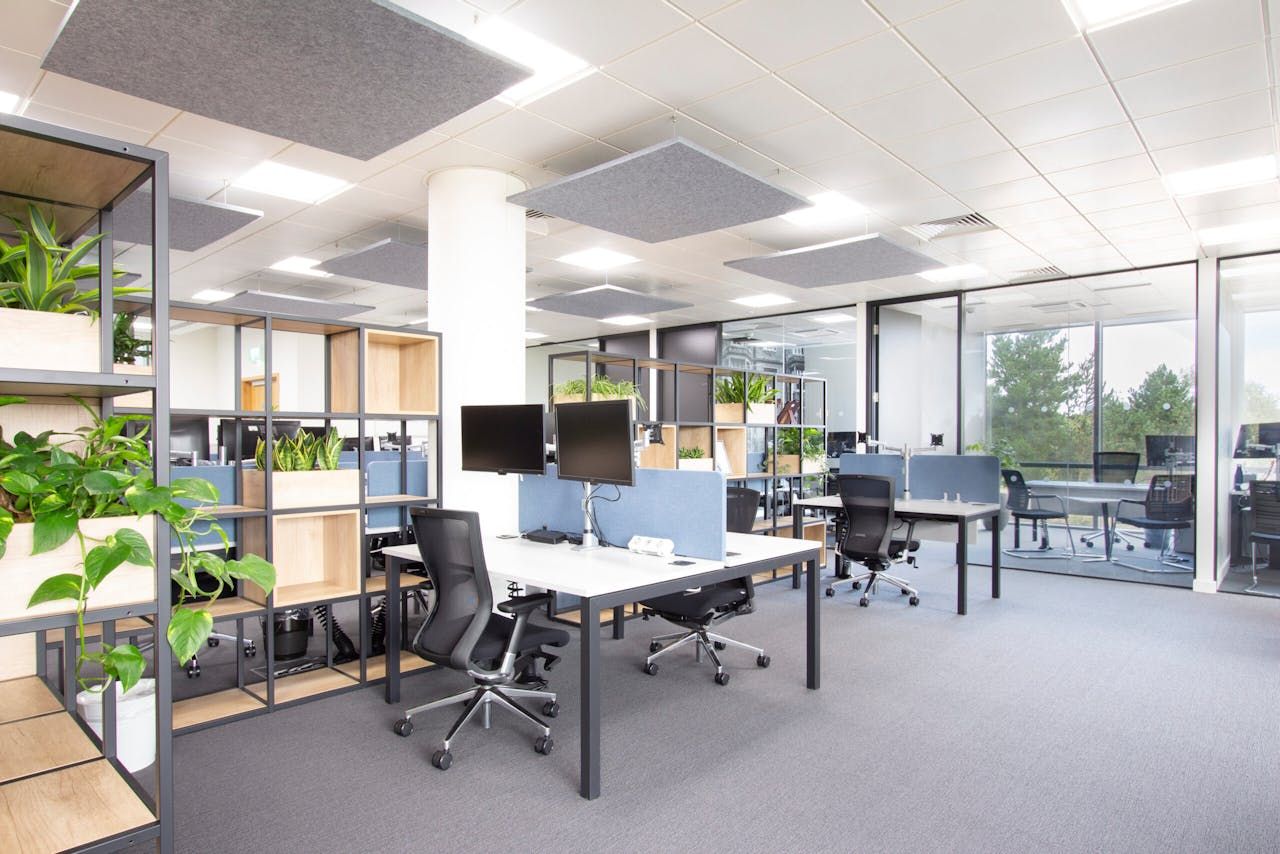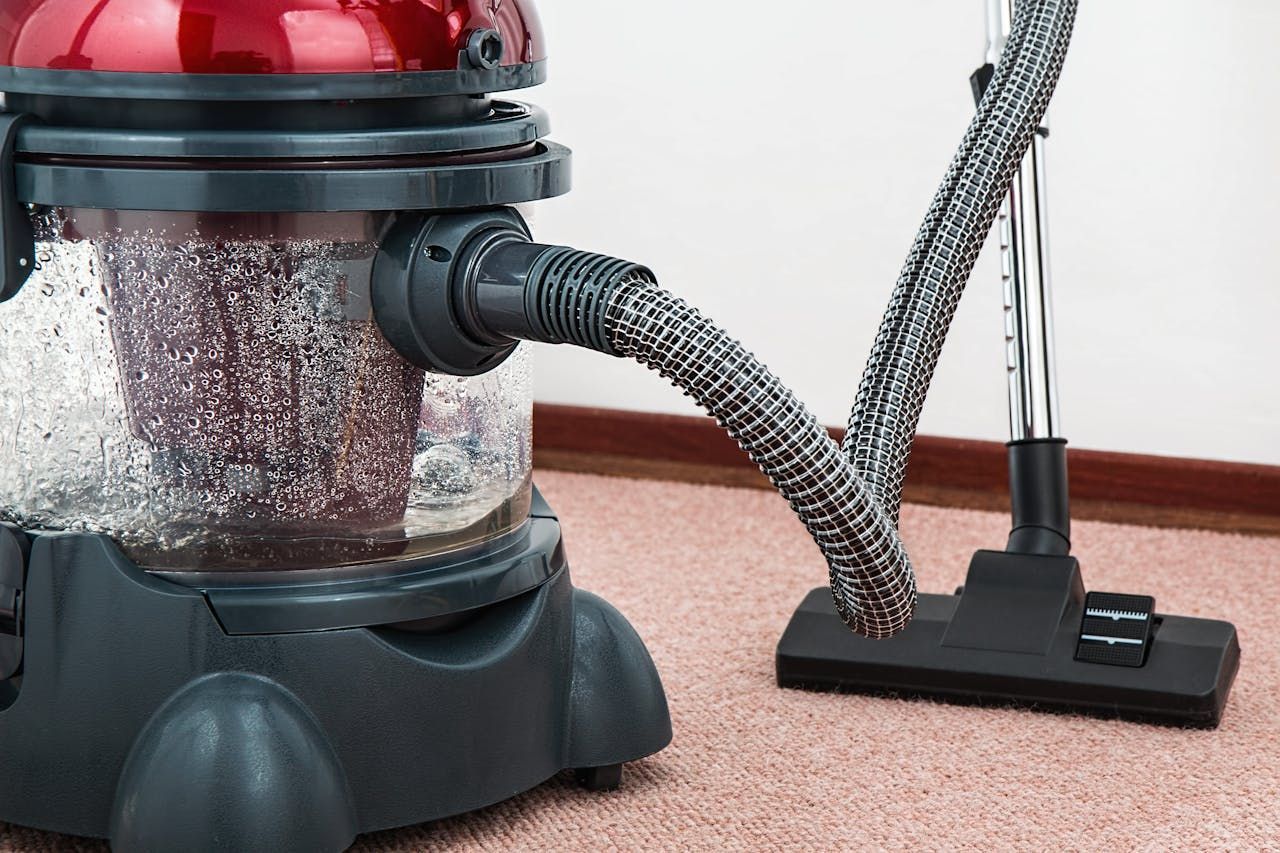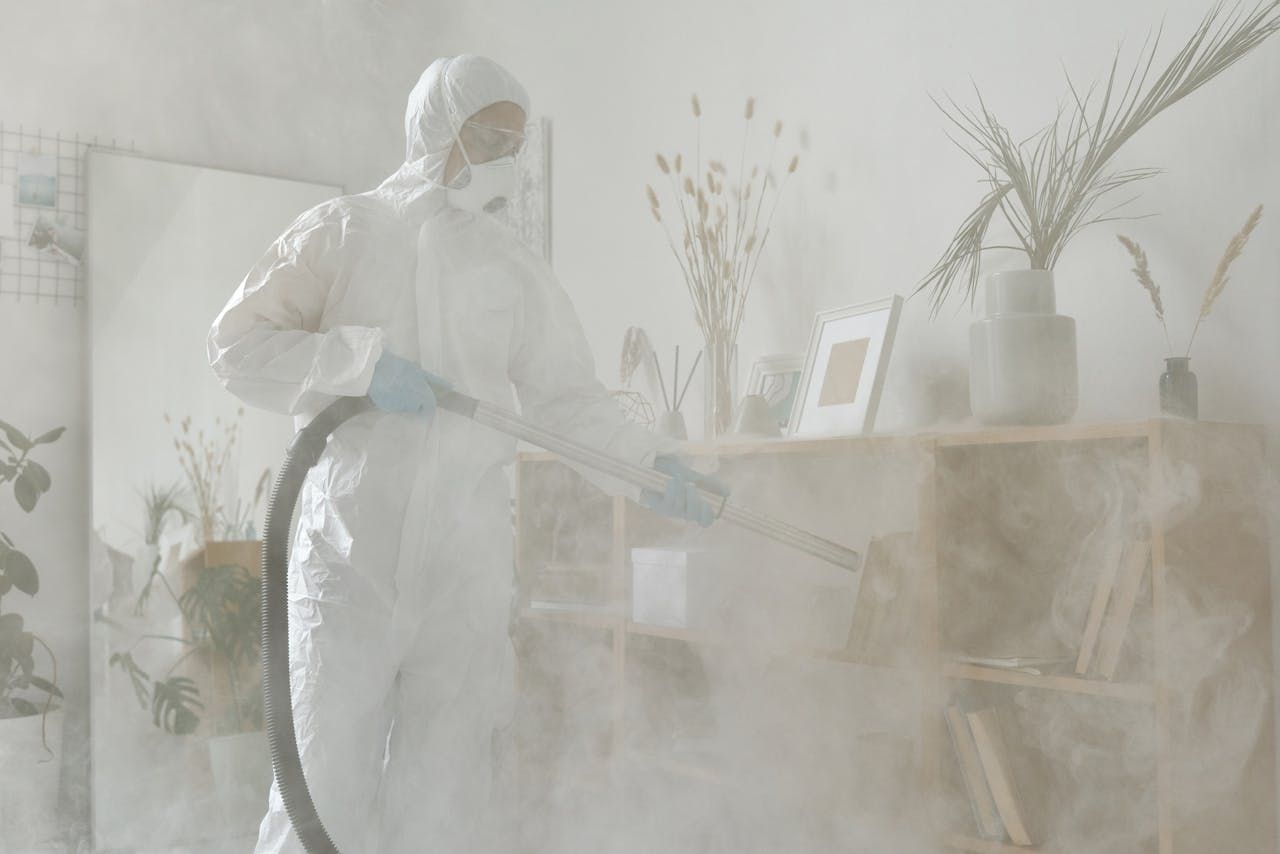Common Pests in Commercial Buildings and How to Deal With Them
There are many pests that can infiltrate your business, from the colleague who refuses to wash up their coffee cup, to the enthusiastic intern who insists on asking a question every few minutes - but worse even than the annoyance of somewhat inconsiderate humans are the many different creatures that can find their way into your building.
Just what are the most common pests in commercial buildings and how should you deal with them?
The Pest Problem
You are not immune. No matter how well you run your business and how successful you may be, pests take no notice. These disrespectful creatures think nothing of your marketing strategy or your brand reputation - they can, and they will, get into an unprotected building and make it their home, taking advantage of the gathering of humans to find food, comfort, and warmth.
It’s not just the sign of a dirty workplace, no matter what people think - pests will just show up.
And they’re more than just an inconvenience that needs sorting. Many pests present a health hazard, carrying diseases in their urine and droppings, attracting a second level of additional pests (rats carry fleas, for example), bringing allergens, and doing considerable damage to the environment.
A pest problem will damage your reputation as people perceive your business as unclean, unsanitary, and unsafe. Employees will want to avoid coming into work and customers will drop off like flies - faster even than the flies will!
Added to that are the legal ramifications from not properly dealing with and handling the pests. At least four pieces of legislation dictate your responsibilities, including the Public Health Act, the Health and Safety at Work Act, The Environmental Protection Act, and the Prevention of Damage by Pest Act. You may be fined, and in some extreme cases, face the very real prospect of being shut down.
Signs of a Pest Problem
How are you to know if you have a pest problem? Here are the signs that your building may be home to some unwanted guests:
- Seeing the critters! - Probably the most obvious is that you see them: ants crawling across the kitchen, a mouse that scurries between boxes on the floor, pigeons nesting in the rafters, etc.
- Spotting droppings - Rodent droppings may be found on almost any surface, birds have no compunction about where they lay waste, and even insects leave behind signs of their passing.
- Damage - Mice chew, birds peck, insects… hmm, what is it that insects do? One thing is for sure, they are all able to damage your property, the equipment, items in storage, and more.
- The smell - Pests can produce some truly awful smells. So bad, in fact, that we are loath to describe them here. If an area is a bit extra funky, it’s worth checking further.
- Weird noises - Scurrying (especially at night amid the peaceful darkness), odd chirping and hissing sounds, or the poor cry of something trapped. Any of these could indicate an infestation.
Once you believe you have a pest problem, do a little investigation to confirm and start planning for their removal because the earlier you deal with it, the better it is for everyone.
Common Pest 1: Rodents
Far from the cute fuzzy creatures we liked to keep as pets in labyrinthine constructions as children, rodents are actually pretty destructive.
They nest in dark, dry, warm places, especially those that are near food and water. Rodents are masters of breeding, and will multiply rapidly, spreading the problem to other areas of the building quite quickly. And they really love to chew.
If you are the type of business that relies on cables (and that’s most companies), then rodents are a menace. While they tend to avoid significant power cables due to a natural wariness, telephone and internet wires as well as phone chargers are fair game - and if they get into a piece of equipment, it can be destroyed with alarming efficiency.
Beyond that, though, they’ll make their nests from your stored filing, pad it out with the filling from your furniture, and may even enjoy trying something new if you manufacture something that’s new to them.
Plus, if you are a food-related business, beware! Any lack of perfectionist cleaning of food or food waste is going to seem like an invitation.
Rodents carry diseases and their faeces and urine should be treated with caution. There are a range of transmittable diseases from salmonella to hantavirus - all of which must be taken seriously.
How to Deal with Rodents
Some home-brew repellents like peppermint oil or crushed pepper can keep them away, but can be messy, is never guaranteed, and doesn’t last long.
Humane traps are a great idea if you keep up with them and are willing to check daily. Just make sure you drive the rodents far, far away so that they don’t come back (and don’t ever drop them near someone else’s building, instead find a nice bit of countryside).
But, if you want to make sure the problem is properly dealt with, it’s time to call in the experts. Professional eradication gets rid of the problem and is proof against their return.
Common Pest 2: Insects
Bugs are small and able to make their way into any building. It can take a while to notice and often, by the time you do, you already have a big problem.
Insect infestations include:
- Ants
- Bees
- Wasps
- Flies
- Silverfish
- Cockroaches
Each comes with its own problem: flies carry bacteria, wasps can sting, cockroaches - even in the UK - spread diseases, and while ants are fairly harmless they come in huge numbers and make your building a very unpleasant space to work in.
Plus, while insects are small, they are also quite capable of doing damage to the property.
How to Deal with Insects
The first rule with insects is cleanliness. They are often drawn to areas where food waste and debris are prevalent so keeping the place clean is the best advice.
There are a range of repellents available, as well as traps such as fly paper and fly traps that will get rid of a current problem.
Where you can see cracks that let the insects in, it’s good to have them repaired. There will always be a route, but keeping the building in good order minimises those and makes an infestation less likely.
Again though, if the problem is persistent, it’s best to call in the professionals - especially true if you find a nest.
Never try to move a wasp or bee nest, instead contact the British Bee Keeper Association for bees and for wasps, pest controllers like us and let someone who knows what they’re doing handle it.
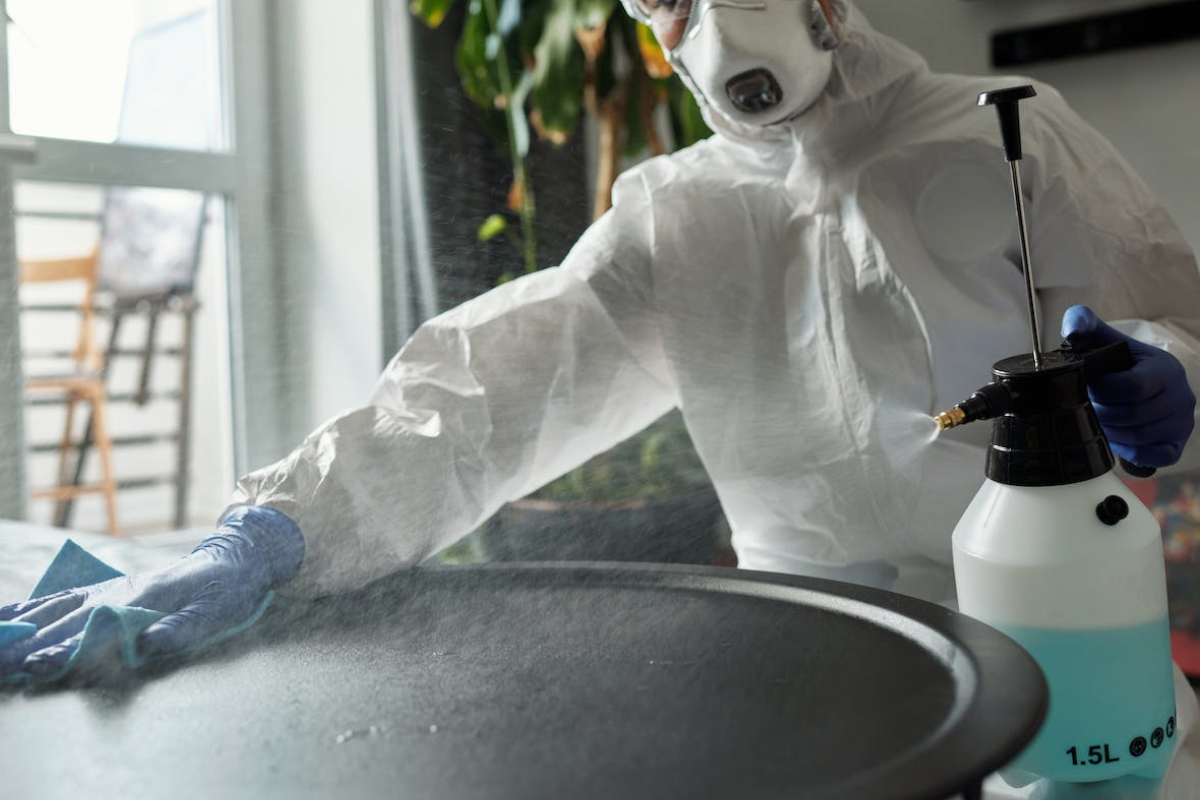
Common Pest 3: Birds
Birds - and for a lot of businesses, this means pigeons or seagulls!
Birds are a more common building pest than you think, and they affect both the inside of your building and the exterior. If there’s space in the roof that they can get to, birds will enjoy this warm nesting space - and not just for a while. The homing instinct is strong with birds and once they have established a home, they’ll keep coming back.
Seagulls live for up to 40 years and will keep coming home for that whole time (as will their young)!
Birds can ruin your building - especially the roof, they carry diseases such as e-coli and salmonella, and they also attract insects, presenting you with a two-for-one pest problem! Plus, all those droppings, whether just outside the door or horribly inside the building, are a constant problem.
How to Deal with Birds
Getting rid of birds is all about turning the inviting home into a less inviting one. Reduce the space available for nesting by covering ledges, blocking holes, and installing anti-bird spikes; reduce the resources available to them by covering any external bins, keeping external areas clean, etc.; and consider harmless deterrents such as audio bird repeller systems.
You could even put a fearsome scarecrow on the roof… No, forget that, it’ll never work!
Like the other pests though, if you have a significant bird problem, it’s best to call in the experts. Professionals will bird-proof your roof and building safely, discouraging the return of the pesky creatures without harming them.
Pest Control with LNC Services
Talking of calling in the professionals, why not consider us at LNC Services? We have a team of dedicated pest specialists who will work with you to clear out any current infestation as well as lay out a plan for the future. Contact us today for a no-obligation quote.
